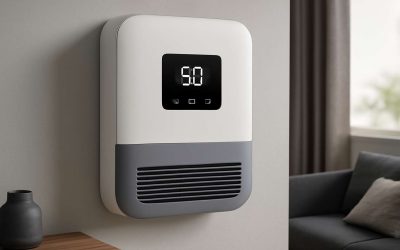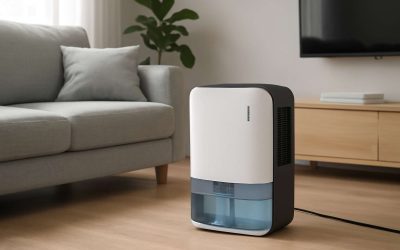
Humidity can have negative impacts on a house or apartment, from mold and mildew to water damage. Using the proper humidity remover can help to control these problems. There are a variety of methods to dehumidify a room, including aerating with fans and opening windows, using a fan-powered humidifier or a dehumidifier, as well as utilizing a hygroscopic material such as salt, sugar or silica gel. Some of these solutions require little more than a change in your home’s normal activity, while others involve a small investment in appliances or other materials.
Reducing Humidity
Keeping humidity under 50% can help to minimize health risks and protect furniture, clothing, wood floors and other items. A hygrometer is an inexpensive device that can measure the amount of moisture in the air. It is easy to find a hygrometer in stores that sell household products and some electronic gadgets.
Some areas of a home need more attention to humidity than others, particularly in winter and summer when a house can be airtight due to heating and cooling. In such cases, the relative humidity may reach 60% or higher, causing issues.
A high level of humidity allows dust mites, mildew and other allergens to thrive, making a person with allergies miserable. Moreover, the high moisture content can contribute to asthma attacks and can make breathing difficult. Using a humidifier or dehumidifier can decrease allergens in the air and eliminate allergy symptoms, while lowering humidity levels to a healthy range.
In addition, humidity that infiltrates wooden beams or joists can cause them to swell and rot. It can also damage fine wood furnishings or drywall, and a damp atmosphere can encourage the growth of foul-smelling molds and mildew.
Many ways can be used to lower humidity levels in a space, such as opening a window and using a fan during and after showers. Daily activities like laundry, cooking and gardening can contribute to high humidity, as can leaky plumbing or hidden condensation in walls and around windows. Insulating and draft-proofing are common winter strategies, but they can also reduce humidity in summer by sealing a house against outside moisture.
In some cases, a humidity problem can be very specific to a single room, such as an interior bathroom with a poorly-ventilated window or no window at all. A small humidifier or dehumidifier can be a very effective solution in these situations, as well as in other rooms where moisture problems are more general (kitchens, bedrooms and crawl spaces). A hygroscopic material such as silica gel can be placed on a cabinet or closet shelf to absorb excess moisture, as well. This type of product can be purchased at most home improvement and pet stores, along with some grocery and drugstores. It is reusable and can be heated in the oven or sunlight to renew its effectiveness. Some products even have color-changing properties to let you know when it is time to replenish the material.



0 Comments